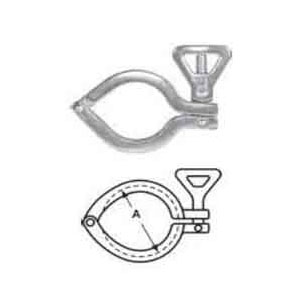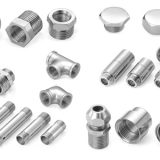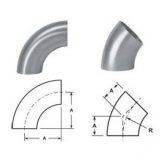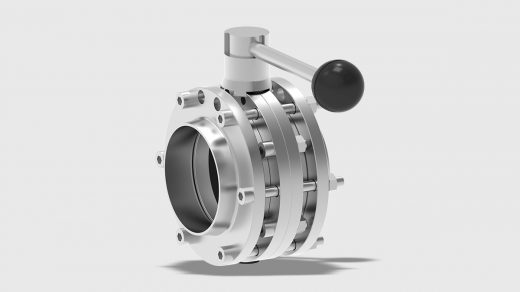When designing sanitary fittings, many different materials can be used with a typical type containing more than one type of material in its body. Besides stainless steels, there are some other options sometimes. Now let us have a look.
Nickel alloys
These are mostly used in components that require thorough service conditions in sanitary fittings. Such conditions include corrosive susceptible environments that would otherwise weaken stainless steel by attacking its protective layer. In the construction of sanitary fittings, nickel-based alloys like Hastelloy are often used with each type of such alloy tailored by adding other alloying elements. The proportion of each alloying element is used to suit the particular need making it sturdier thus better. The disadvantage of nickel alloys is that they are heavy in weight making them quite costly compared to basic stainless steel.

Titanium alloys
Unlike nickel alloys, titanium alloys are lightweight with tenacious ability to resist corrosion making them the metal with the highest strength-to-weight ratio. They gain their corrosion resistance in a way similar to stainless steel by creating an oxide layer to protect its surface. They are especially resistant to seawater corrosion ideal for systems that prevent biofouling through hypochlorite. Like nickel alloys, their main disadvantage is that they are ten times the cost of basic stainless steel or nickel aluminum bronze. Their highly reactive nature also makes them hard to process unless special casting techniques are employed to prevent it from reacting with oxygen at its melting and pouring stage.
Nickel aluminum bronze
This is a copper-based alloy that approximately contains 5% iron, 5% nickel and 10% aluminum thus providing excellent resistance to rust especially in seawater environments. Their cost is almost equivalent to that of basic stainless steel making them budget friendly. Their main disadvantage is their anodic qualities that when used with stainless steel pipes, cause rapid corrosion of the sanitary fittings in sea water.






Recent Comments